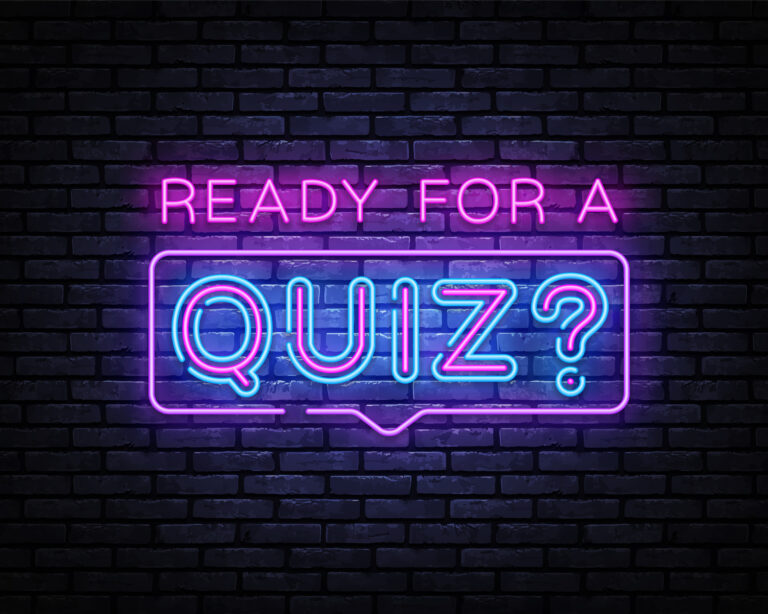The term ‘transactional email’ is often used to refer to a few different types of automated campaigns; from password requests to system emails and the immediate post-purchase and delivery phase emails. For this blog, I want to focus on the latter.
For me, this is a massively under-utilised part of the customer journey; with many businesses simply providing the information they should (rather than what they could), and swiftly moving people through to the next phase of the customer journey and encouraging them to buy again.
The emails you send post-purchase are extremely important to lead the way you would like the customer relationship to go – do a good job here and you’ll be making the repeat purchase process that little bit easier.
The aim is to provide an experience – something that goes above and beyond just providing a running commentary of the steps taken between pressing order and items/access to a service being received.
Personalise the Messaging in your Transactional emails
There’s a deeper layer to Transactional Emails that you can add here too. Consider the difference between your subscribers by type of purchaser they are, for example.
At a basic level think about those who are first time purchasers, vs. 2+ time purchasers.
They have very different needs in terms of the communications you send – one has already been through the process at least once, the other hasn’t at all and doesn’t know what to expect.
To get more advanced, consider using RFM analysis; a method that looks at the Recency of a customer’s last purchase from you, how Frequently they buy, and the Monetary value of their purchases and then automatically scores them accordingly. This results in a series of segments being identified that surface your very best customers, all the way through to those who have never bought from you before, and everyone in between.
By identifying these different segment groups, you can recognise the different needs and messaging strategies required for each.
This type of segmentation ensures you’re not over mailing a particular type of customer and that the right offers and messaging strategies are being directed at the most in need customer sets; prioritising revenue generation.
When increasing the complexity and depth of your segmentation further, you can start layering different groups together.
So here for example, you could layer email (plus wider marketing and website) engagement and your RFM analysis to further personalise your messaging to their current situation; this is called eRFM (Engagement, Recency, Frequency, Monetary) analysis.
RFM analysis can also work for those companies who do not have a monetary conversion value – such as number of downloads for example. This can substitute in for the M part of RFM.
Messaging that Matters
Finding the right content for each email in the series to build up the messaging over time is the key differentiator here; what that time period is, depends on other strategies you have in place to encourage repeat purchases and your delivery cycles.
Think about the questions your team are asked about that specific product or service (particularly in the first few weeks), what are the most common return reasons and what nuggets can you glean from the sales or customer service team about what customers need to know about the business and/or the product specifically (even better!) post-purchase? What do you want them to have achieved or felt by the time they reach the end of the series?
Sending a series of emails means that you don’t overwhelm the subscribers with too much in one go (leading to inaction) but instead break it down and provide it just when they need it; increasing engagement.
You should also consider what else is happening in your business for the customer right now and through your other marketing channels. What messaging are they receiving elsewhere and how often? Make sure there is cohesion between each touchpoint during the post-purchase phase.
Then take this information and see how you can elevate it.
How can you take the content past what would normally be expected?
For example, here Firebox takes the ordinary purchase confirmation email and take it to a higher level; they not only confirm your delivery address (usually found in these types of emails for reassurance and confirmation purposes), but they also go one step further and include a map with a visual representation of this data.
Additionally, they include the name of the product, an image of it (to help build excitement and remind the customer what’s being delivered), the price and details of any gift wrap chosen. The email goes on to detail answers to common problems including what to do about a missed deliver or how to contact them if needed.

Oberlo also does a great job of showing a visual timeline of next steps to help make the most of their platform.

In these examples Dyson and Kurgo both follow up the purchase on how to use the product in the optimal way (this type of communication can help to reduce calls to customer services, and your returns rate as well as it addresses common questions or issues, and how to resolve them, that people have after purchase) , as well as other related product upsells.

Give subscribers additional information about their order, how they can make the most of their purchase in the days/weeks/months after it is purchased, as well as ensure your designs are enticing and easy to ready
You may also choose to test the inclusion of an email opt in call out if customers don’t subscriber during the purchase process, or suggest additional items they may be interested in as Huckberry do in this example:

Above all, this is the time to go above and beyond and show the customer that you care and be helpful.
How are you going above and beyond in your transactional emails? Let us know in the comments below!



